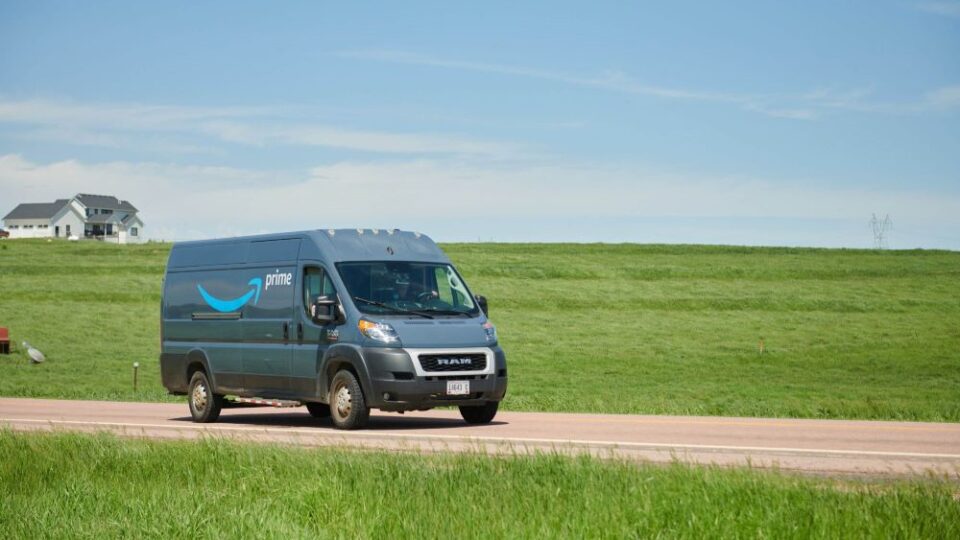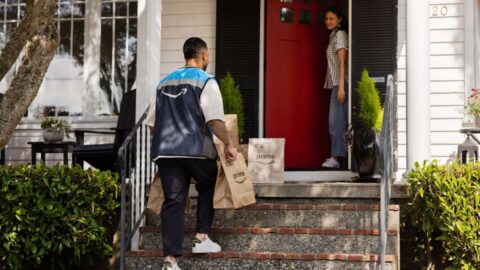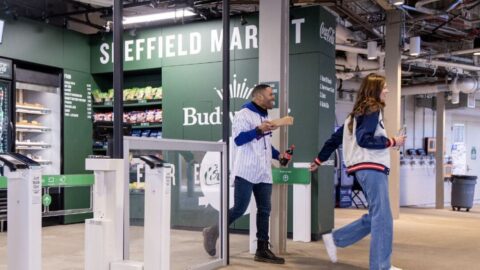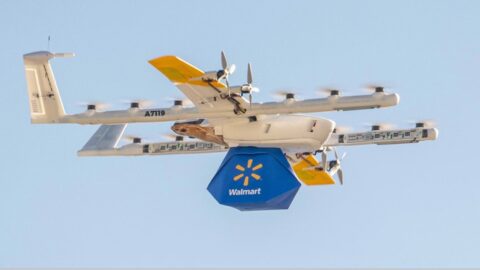Amazon will invest $4 billion to enhance rural delivery capabilities, a move that will expand the number of rural delivery stations to 200 and create an estimated 100,000 new jobs. When the expansion is complete, Amazon will be able to deliver 1 billion additional packages annually to customers living in 13,000 zip codes spanning 1.2 million square miles — an area the size of Alaska, California and Texas combined.
Amazon opened its first rural delivery station in 2020 and began scaling up its network in 2023 with improvements that have helped increase delivery speeds by 50% on average, according to an Amazon blog post by Udit Madan, SVP of Amazon Worldwide Operations.
Adding More Nodes to the Amazon Delivery Network
The retail behemoth uses a combination of services to deliver packages in rural communities, including the Delivery Service Partner (DSP) program, which empowers small businesses to grow into thriving delivery companies; Amazon Flex, which offers individuals the opportunity to earn money by delivering packages using their own vehicles; and Hub Delivery, which partners with local businesses such as flower shops to deliver packages in their communities.
In September 2024 Amazon committed an additional $2.1 billion toward its DSP programs, which have enabled 2,600 U.S. business owners to expand their operations, creating 210,000 driving jobs and generating nearly $50 billion in revenue.
In August 2024, the National Labor Relations Board determined that Amazon is a joint employer of the third-party drivers it contracts with for deliveries in California rather than a subcontractor, and that Amazon engaged in unfair labor practices in dealings with DSP workers in Palmdale, Calif.
Delivery Speed Key to Amazon Growth Strategy
Amazon’s expansion of its rural delivery network fits right into the company’s growth strategy, which was outlined by the company’s CEO of Worldwide Stores Doug Herrington last fall. The plan boils down to two factors: delivery speed and what Herrington calls “cost to serve,” essentially, finding cheaper ways to be faster.
Creating more “nodes” in its delivery network that sit closer to consumers has a direct impact on how much it costs Amazon to deliver at its record speeds, explained Herrington. The expansion of these nodes follows on Amazon’s yearslong effort to regionalize its fulfillment network in the U.S., which has been a major driver of the company’s ability to deliver both faster and more cost-effectively.













